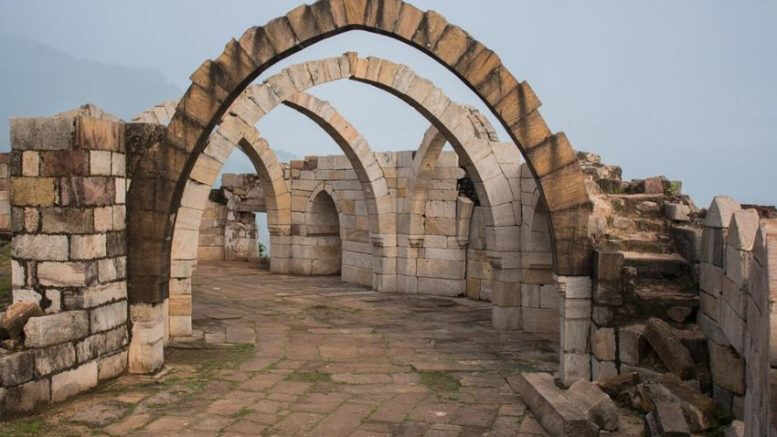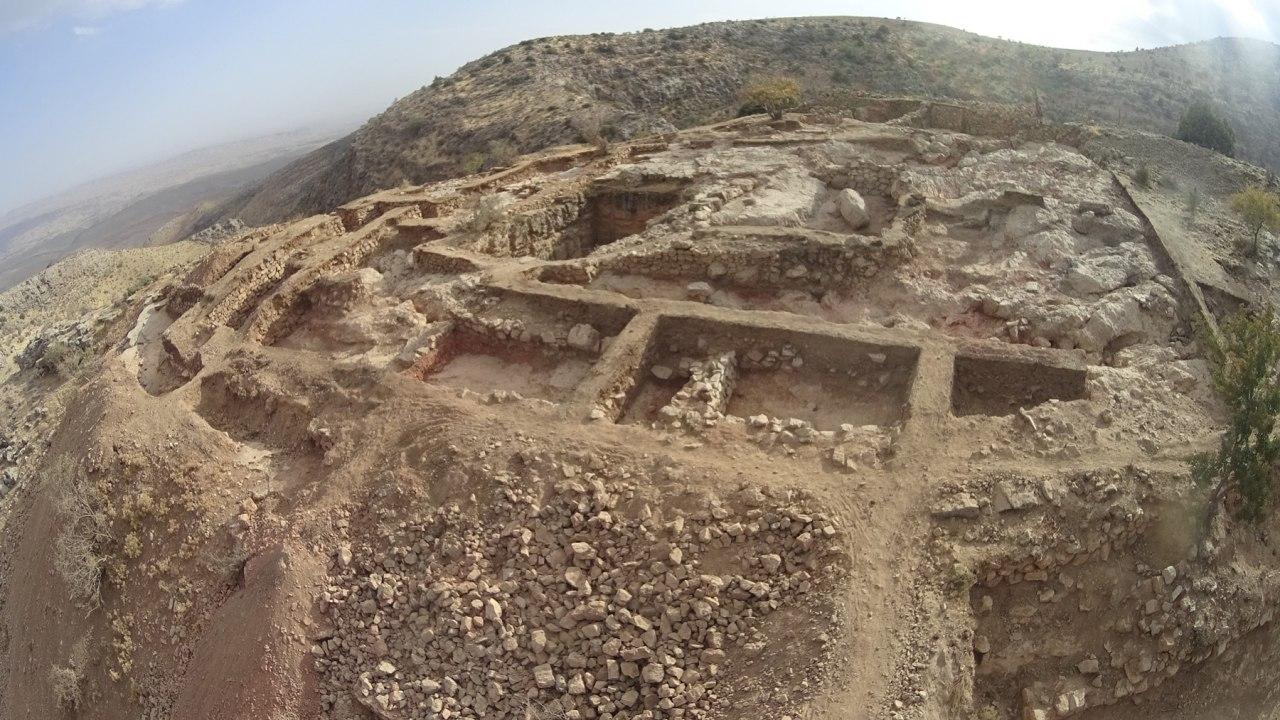Uzundara Fortress is the oldest fortress of the III-IV centuries BC, the ruins of which were discovered on the territory of Surkhandarya region (near Derbent) by a joint expedition of the Institute of Archaeology of the Russian Academy of Sciences and the Institute of Art Studies of the Academy of Sciences of Uzbekistan.
The border fortress of Uzundara was the main strategic hub on the extensive system of protection of the northern borders of the agricultural oases of ancient Bactria from the raids of nomads.
 The stone fortress, located in the foothills of Baysun at an altitude of more than 1,700 meters, had powerful fortifications in the form of double fortress walls reinforced with 13 towers and parts of the outer walls with a length of up to 1 kilometer.
The stone fortress, located in the foothills of Baysun at an altitude of more than 1,700 meters, had powerful fortifications in the form of double fortress walls reinforced with 13 towers and parts of the outer walls with a length of up to 1 kilometer.
The fortress was located between the gorges of Uzun-dara and the Kara-kamar tract, thereby blocking the mountain passage to the valley. Thanks to the quality of the materials used in the construction of the fortress, the walls laid out of stone on clay mortar, after more than 2000 years, have almost preserved their original appearance and to this day rise to a height of up to 5 meters.
In the mountain fortress there are two basements, the bottom of which were originally sheathed with lead plates.

There was a trading area outside the fortress, where local residents brought goods for the soldiers of the garrison.
As a result of archaeological research, scientists were able to determine the location of the server borders of the Bactrian state. Among the main finds discovered during the expedition are unique coins of the Hellenistic period depicting Alexander the Great, Antiochus I and all the rulers of the Greco-Bactrian kingdom from Diodotus to Heliocles.
Scientists have also discovered a large number of arrowheads and darts, which confirms the fact of the passage of major battles, in particular in the eastern side of the fortress and clearly illustrates the possibility of a breakthrough of the fortress.
The fortress existed for about 150 years and perished during the reign of one of the last Greco-Bactrian kings in 171-166 BC as a result of the invasion of hordes of nomadic tribes of the Saks and Yuejs.
Comment